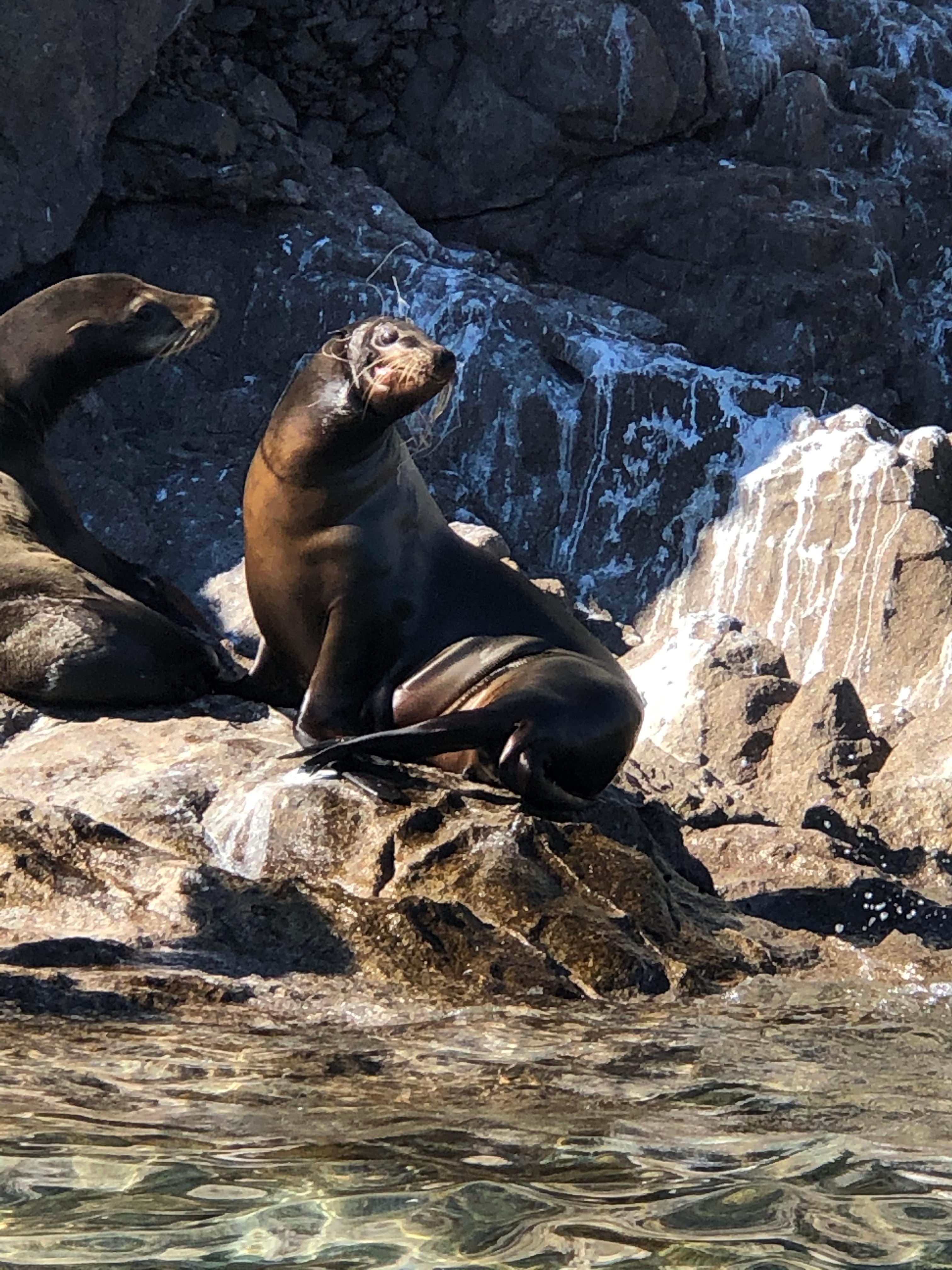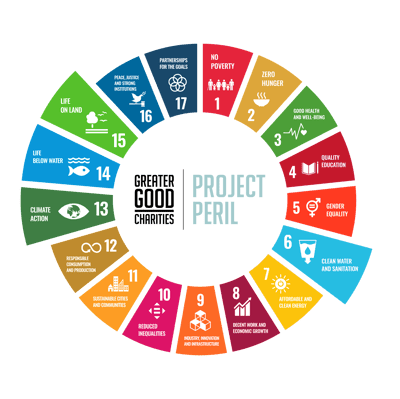Project Peril
Project Peril

Project Peril is dedicated to the conservation of species identified as in peril, threatened, endangered, or close to extinction throughout the world. Humans are one of more than 1 million species. Yet our existence has marked our planet, leaving many species on the brink of extinction, 30-50 percent of which might be gone by mid-century. Biodiversity is crucial to our planet’s survival, and rapid loss rates endanger it and everything living within it.

Global biodiversity is declining at an alarming rate. In order to combat this, Project Peril works with our partners on the ground to:
- Rescue animals from illegal trafficking
- Train and employ locals to protect their habitats from illegal deforestation and animal poaching
- Help ensure natural migration corridors of numerous species remain uninterrupted
- Protect and restore species’ natural habitats through land protection and reforestation
- Provide cohabitation education to reduce retaliation against species
- Build sanctuaries for endangered animals to safely live out the remainder of their days
From protecting and exploring the Madrean Sky Islands in North America to protecting the Sumatran Rhino in Asia, our projects reach the most vulnerable species across the globe.
We work in strategic areas with a need for biodiversity protection. This includes areas that span biodiversity hotspots that are home to unique species not found anywhere else. Conservation, education, and protection are crucial to protect the endangered species of flora and fauna in these areas.


Wildlife is particularly threatened by changes to its ecosystems. Through hunting, habitat fragmentation, the introduction of invasive species, local pollution and climate change, humans have made permanent changes to the fabric of life on which all species depend and thrive. Project Peril is working to preserve biodiversity by protecting threatened species and their habitats, as well as supporting measures to prevent unnecessary destruction in the future.
Project Peril prioritizes species listed as vulnerable, endangered, or critically-endangered including those on the International Union for Conservation of Nature (IUCN) Red List. We work to identify wildlife that is particularly important for overall conservation, such as:
- Keystone species like the jaguar, which play an essential role in the functioning of an ecosystem
- Umbrella species like the tiger, whose protection indirectly ensures the protection of other species in the habitat
- Evolutionarily distinct and globally endangered species like the pangolin, which have few close relatives left on the planet
- and flagship species like the elephant, charismatic species that encourage conservation at large

We work in strategic areas with a need for biodiversity protection. This includes areas that span biodiversity hotspots that are home to unique species not found anywhere else. Conservation, education, and protection are crucial to protect the endangered species of flora and fauna in these areas.
Browse by Region:
North America | Central & South America | Africa | Asia and Europe | The Asia Islands & Australasia | The Oceans
North America has a diverse array of wildlife species and is home to an estimated 457 mammals, 914 birds, 662 reptiles, more than 300 amphibians, and 4,000 known arachnids.
North America is famous for its many carnivores, like bears, wolves, foxes, coyotes, and cougars (mountain lions). They make up keystone species for their ecosystems, but many of them are endangered.
The North American region is rich in biodiversity and is home to species not seen anywhere else, which makes it important for researchers and its inhabitants alike.


BIRDS
In the US alone, birds play a critical role in controlling insect pest populations on commercially valuable crops, estimated to be worth millions of dollars. Unfortunately, over the past 50 years, the US and Canada have lost close to 3 billion birds. Through our program, we are building natural refuges for local birds to have access to food and shelter.

Jaguars
With your support, we work to educate ranchers, developing land-management methods that keep cattle and big cats safe. Together, we’ve established a protected 34,000 acre wildlife corridor for jaguars and other big cats like ocelots, bobcats, and mountain lions in North America. Our wildlife cameras have photographed six individual jaguars on the land, including a mom and her cub!

BATS
More than 1,300 bat species across the globe pollinate and fertilize crops, and consume vast amounts of harmful insects. Bats are an important part of our ecosystem and we couldn't live without them. With your help, we fight against habitat destruction, as well as support education to reduce conflict with humans.
Greater Good Charities also works to identify and preserve endangered species in the Madrean Archipelago, a biodiversity hotspot in North America. This series of unique ecosystems range from New Mexico and Arizona to Mexico. As a part of our program, Global Discovery Expeditions, scientists and students from both sides of the border come together to record the flora and fauna of this unique region. We store our findings in an open-source database for the world to share and learn from.
The fauna of South America consists of a huge variety of unique species some of which evolved in relative isolation and is home to the largest number of recorded bird species. Overhunting and habitat destruction have seriously depleted populations of wildlife in much of South America. In fact, forest habitats are often destroyed if its inhabitants are not seen as valuable.
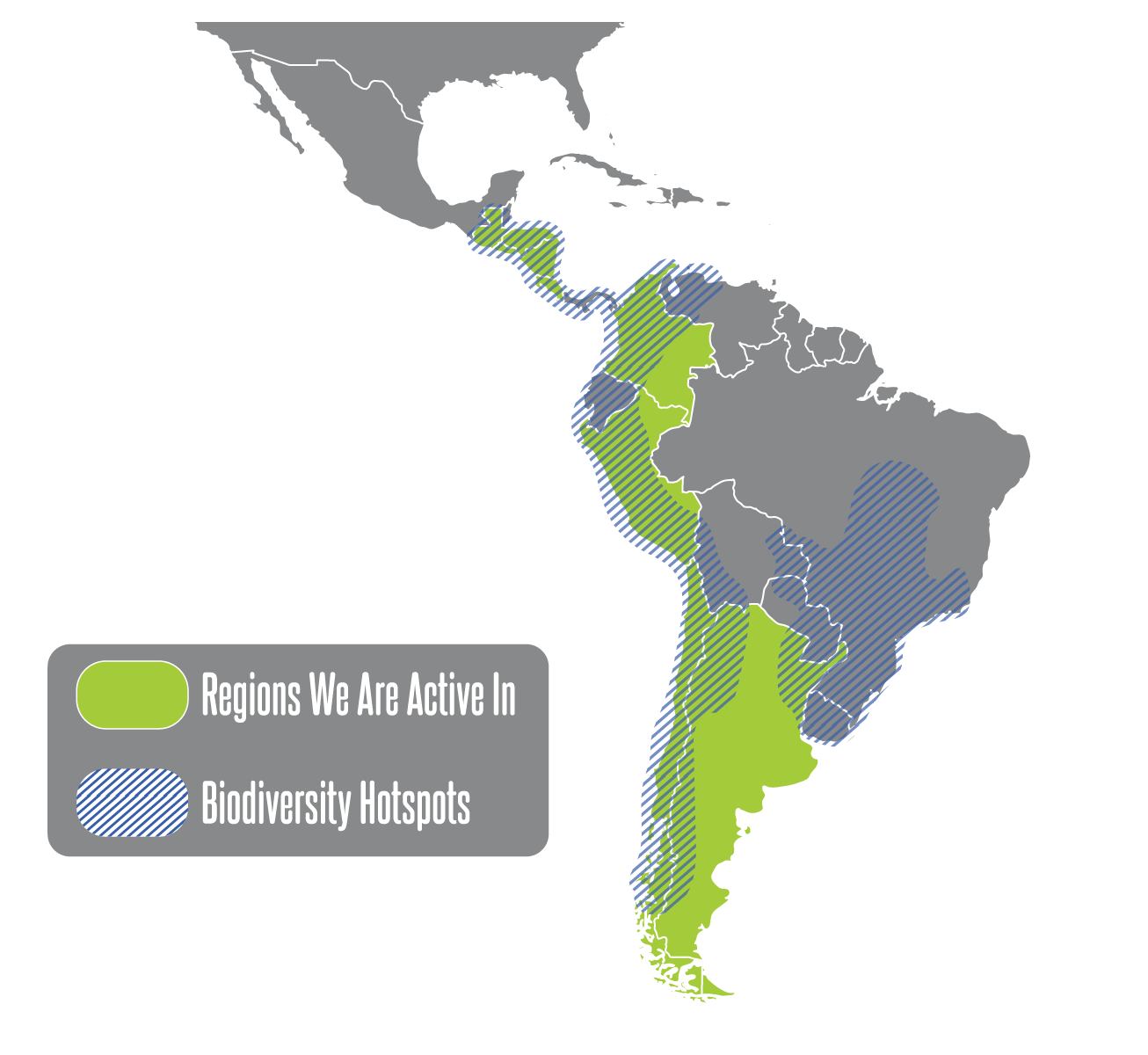

TAMARINS
Throughout South and Central America, Tamarins are in danger of extinction. Project Peril works with reputable partners in South America to save critically endangered Tamarins by protecting habitat and securing protected areas.

SLOTHS
These amazing animals might be thriving, but species like the three-toed sloth are endangered due to habitat loss created by humans. We're working to protect endangered sloths that live in the Amazon rainforest.

ANDEAN MOUNTAIN CATS
The Andean Cat is one of the rarest cats in the world, living exclusively in the Andes Mountains and Patagonia steppe, where climates are harsh and food is scarce. We support conservation efforts to protect the habitat of this majestic creature.
We have worked to preserve 65,000 acres of permanently protected habitat in Patagonia, Argentina — home to the critically endangered Andean Cat. The culmination of over two years of work came to fruition in 2019 when the final 16,000 hectares of land was added to this wildlife corridor. Local ranchers in the Payunia province in northern Patagonia agreed to sign a resignation of grazing rights, expanding the protected habitat of not only the Andean cat, but also migratory populations of guanacos, Darwin’s rheas, and Andean condors.
This was done while also taking financial care of the descendants of goat herders in Payunia. They will no longer need to remain in isolated lands which don’t properly support their livestock. Our work has benefitted the people, animals, and ecosystem in this area.
This work was made possible thanks to our collaboration and partnership with Wildlife Conservation Society.
Home to diverse wildlife, Africa’s biodiversity provides critical ecosystem services. However, it’s estimated that by 2100, the region could lose over 50% of its bird and mammal species, as well as most of its plant species as a result of climate change.
However, in addition to natural habitat loss and degradation, the direct overexploitation of wildlife is an even more immediate threat to these species. This loss of biodiversity affects livelihoods, water supply, food security and leaves the region more vulnerable to extreme events like disasters.


CHEETAHS
Cheetahs once ranged across almost the entire African continent and into Asia, but today they are found in only 9% of their historic range. Now, these extraordinary creatures are Africa's most endangered cat. With our partners, we're working to protect the cheetah from extinction.

CHIMPANZEES
Over the past 30 years, the chimpanzee population has plummeted due to poaching for bushmeat, habitat loss, and infectious diseases. With your support, we work to protect their habitat and put a stop to illegal poaching.

AFRICAN RHINOS
Over the past 40 years, the rhino population has dropped over 95%. Every year, billions of dollars worth of rhino horn are traded on the black market. We work with our partners to protect land, raise awareness, and put an end to the illegal wildlife trade.
Soon after the Guatemalan government banned animal circuses, Greater Good Charities partnered with Animal Defenders International (ADI) to rescue 18 exploited and abused lions and tigers, including two cubs, Max & Stripes. Circus-goers would play with the cubs and if the cubs protested, they would be severely punished. The cubs and their mother were regularly separated, much to their distress.
For over a year, ADI team members on the ground bravely stood by these animals despite unprecedented attempts to disrupt and derail the rescue operation including intimidation and harassment of the rescue team.
In early 2020, with your support, 12 tigers and five lions were flown to safety and are thriving at the ADI Wildlife Sanctuary (ADIWS) in South Africa.
Poverty, population growth, and rapid economic development have created a wave of pressure on Asia’s natural ecosystems. Across the continent, wildlife populations and habitats are being destroyed by industrial and agricultural exploitation, infrastructure development due to overpopulation, and illegal activities such as poaching and timber theft.


PANGOLIN
Four different pangolin species can be found across Asia. Unfortunately, poaching for illegal wildlife trade and habitat loss have made these incredible creatures one of the most threatened groups of mammals in the world.

TIGERS
Tigers are experiencing a rapid population decline. There are less than 4,000 tigers left in the wild. Some scientists predict that they could be extinct within the next decade. Part of this rapid decline is due to poaching for their skins and body parts, used in traditional Eastern medicines.

RED PANDAS
Habitat loss is the primary threat to red pandas. Rapid human population growth and unsustainable living practices are causing the degradation and fragmentation of red panda habitat. We work to protect their habitats.
Located in the most densely populated countries in the world, the Asian elephant’s natural habitats are rapidly disappearing to urban development, and they’re being abused and exploited by humans for labor and entertainment.
Project Peril works with organizations like International Elephant Foundation, Elephant Nature Park, and Fauna & Flora International to save these species.
Our work during the COVID-19 pandemic helped Elephant Nature Park in Thailand keep the 3,000 rescued animals in their care fed. When the animal sanctuary was forced to close their doors to curb the spread of the virus, it struggled without the income from visitors. Thanks to our supporters, we provided ongoing support to ensure their 3,000 animals, including 87 elephants, didn't go hungry.
Check out little Belle, the baby elephant, enjoying your donations!

Panda cubs are the smallest newborns in the bear species, weighing in at about 4 ounces at birth. Because they are so small, they are very fragile and defenseless. Twins are common in Giant Pandas, but when twins are born, mother pandas only have enough milk for one cub and cannot care for both. In the wild, the stronger cub is selected.
Project Peril is working with Pandas International to provide bags of formula to different panda bases throughout China, aiding in their efforts to save and help rehabilitate Giant Panda populations.
Photo © Pandas International
The islands of Southeast Asia have the highest rate of deforestation of any major tropical region and is expected to lose 75% of its original forests and up to 42% of its biodiversity within the next century.
Australasia is a diverse region encompassing Australia, Melanesia, Micronesia, New Zealand, and Polynesia. This region contains six of the world’s 39 biodiversity hotspots. Due to major habitat loss, land degradation, and human exploitation, it has a poor record for extinctions, particularly for birds and mammals.


PLATYPUS
Drought and bushfires in Australia in the last two summers resulted in the loss of over one billion native animals, and put the survival of the platypus in immediate peril. Models even predict 50% declines within the next 50 years.

SUMATRAN ORANGUTANS
The Sumatran orangutan almost exclusively lives among the trees of tropical rainforests. Unfortunately, their homes are being destroyed by fires and are being turned into oil palm plantations, leaving the orangutan species endangered. We must protect their home!

KOALAS
In the past 100 years, the koala population has been devastated and is currently under great threat due to urbanization and massive, uncontrolled habitat destruction. In the last year alone, climate change has sparked massive fires that are devastating their homes and their only source of food. These marsupials need our help.
Record-breaking temperatures and months of severe drought ignited a series of massive bushfires across Australia in early 2020, putting people, pets, and millions of unique wildlife species in grave danger. Ecologists at the University of Sydney and WWF Australia estimated over 1 billion animals died in the fires.
Thanks to our supporters, Greater Good Charities worked with partners on the ground including World Central Kitchen, International Fund for Animal Welfare, and local RSPCAs to feed, provide medical care, and protect all those affected. We granted $115,000 to these organizations to provide relief and ongoing support in the area.
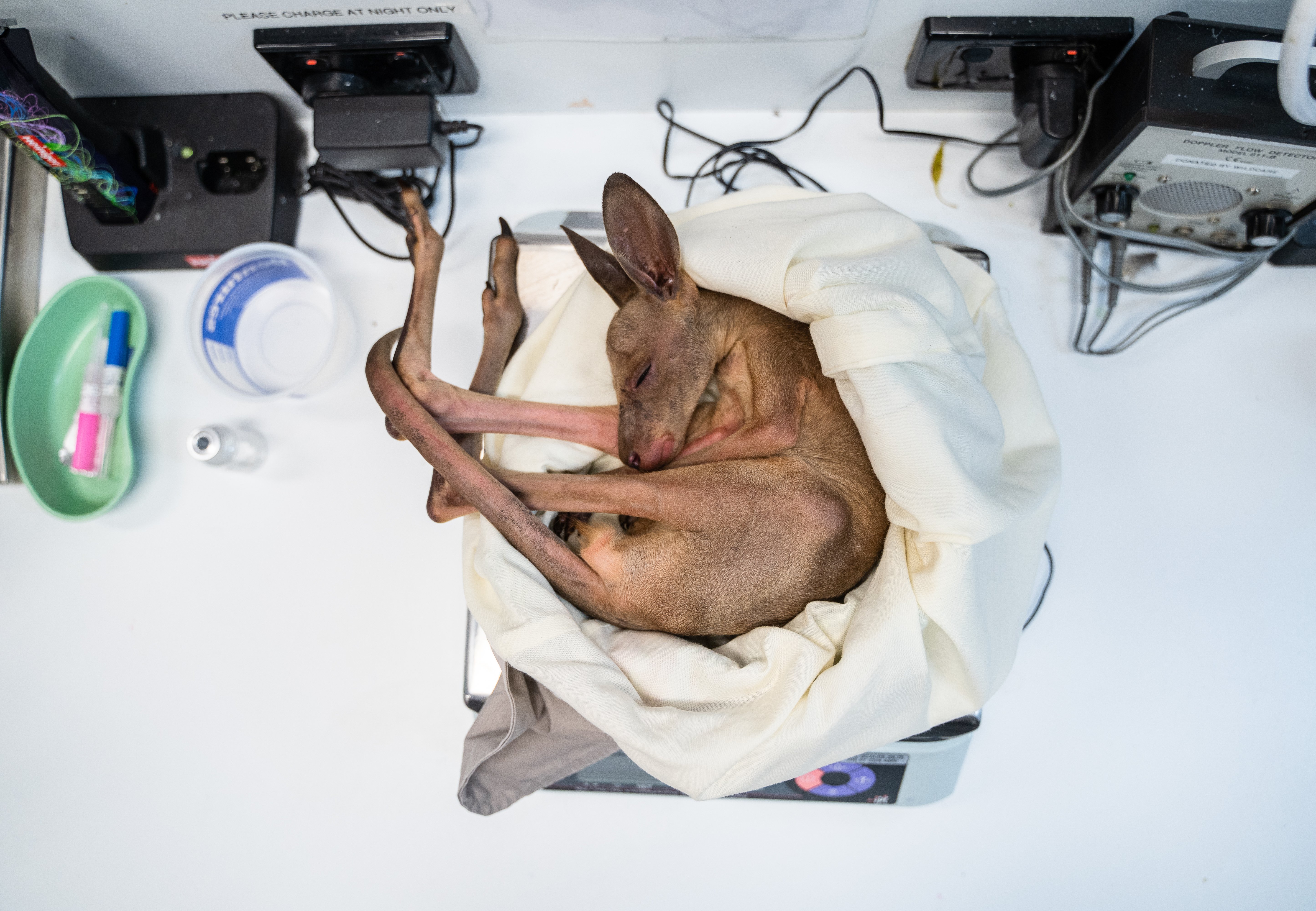
Photo © RSPCA Queensland
Our ocean covers more than 70% percent of the planet and is home to over 220,000 known species and another estimated 2 million undiscovered flora and fauna. Yet in the past few decades, climate change and pollution have endangered this habitat.
The UN’s latest Intergovernmental Report on Climate Change outlines the warming of the earth’s oceans surface since 1970, highlighting temperatures in the past 25 years increasing twice as fast. This rapid warming coincides with rising sea levels from ice loss in the arctic and more frequent marine heatwaves which together create a ripple effect through the ocean food chain, resulting in mass marine life and bird die-offs.
Recent major flooding has led scientists to predict the more frequent occurrence of ocean dead zones—areas of water not able to sustain life due to low concentrations of oxygen. Flooding causes the agricultural industry’s runoff (including nutrients and chemicals) to go straight into nearby rivers, with many of these rivers emptying into oceans, creating these dead zones.
Additionally, there are an estimated 5.25 trillion pieces of plastic debris in the ocean, polluting countless habitats and putting many species in danger.
Given our oceans comprise more than 70% of Earth’s surface, this can all lead to catastrophic economic implications for coastal communities dependent on ocean life and even more dire global consequences.


VAQUITAS
This Gulf of California harbor porpoise, Phocoena sinus, meaning “little sea cow” in Spanish, is only found in the murky waters of the northern Gulf of California, where it is swimming on the edge of extinction with only 30-odd individuals left.

SEA TURTLES
Over the past 50 years of commercial exploitation, poaching, and degradation of nesting and foraging habitats, most species of marine turtle, including the Hawsbill, Green Golfina, Leatherback Laud, and green sea turtle, have been placed on the endangered species list.
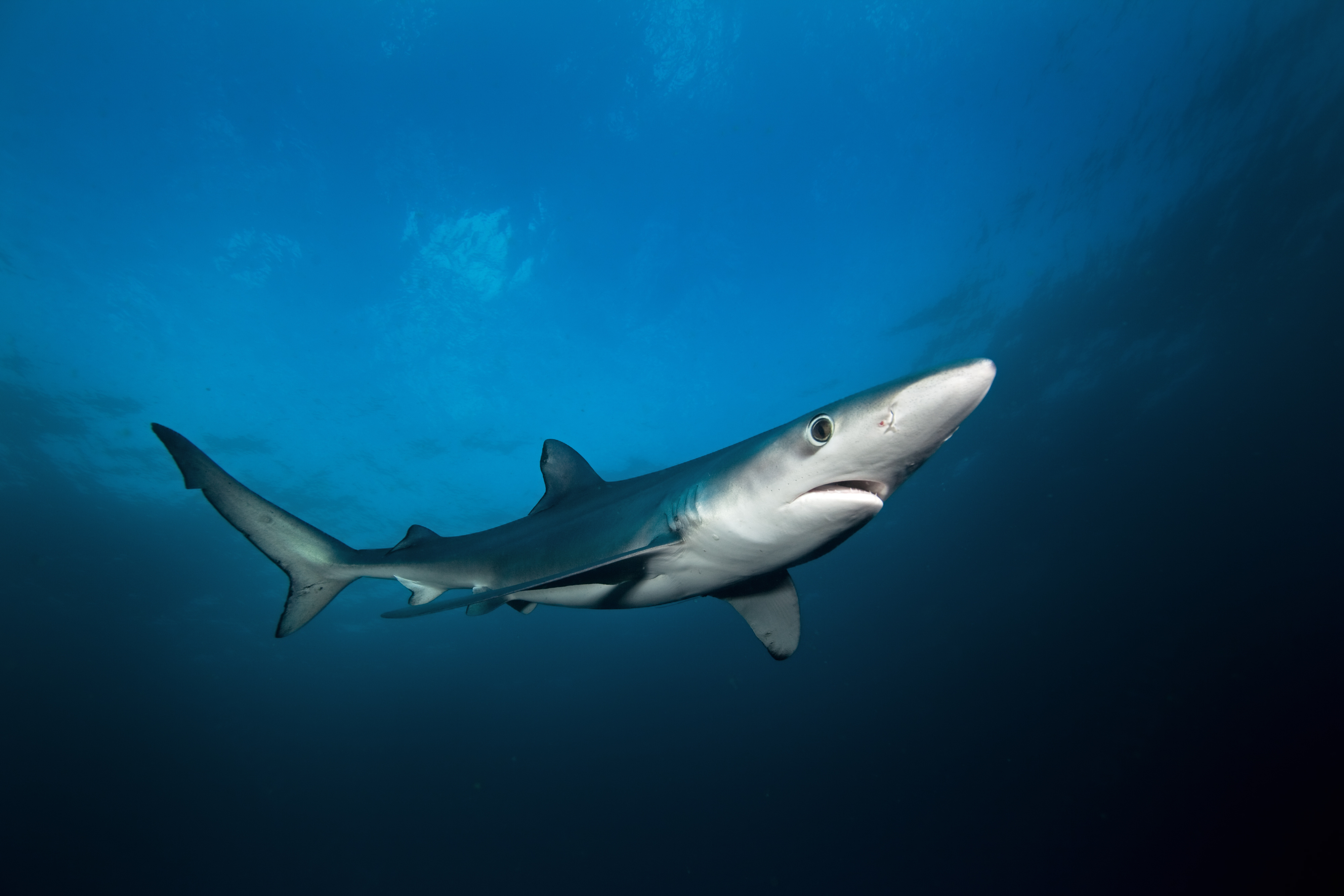
SHARKS
An estimated 25% of all sharks and rays are threatened with extinction, and millions are killed annually. 181 sharks and rays are threatened with extinction on the International Union for Conservation of Nature (IUCN) Red List, including the great white, the hammerhead, the oceanic white tip and the whale shark.
In recent years, more and more sea lions have been found entangled in nets and other fishing debris. These discarded nets hurt not only sea lions but also much of the northern Gulf’s marine ecosystem. This can be attributed to a lack of solid-waste management and comprehensive regulations in the fishing industry. The sea lion’s future food sources are also threatened by the warming of the oceans.
Thanks to your support, our Project Peril team attended a workshop hosted by Centro Intercultural de Estudios de Desiertos y Océanos (Intercultural Center for Desert & Ocean Studies) in Puerto Peñasco, Sonora where participants were trained on how to safely remove entangled debris from sea lions. Participants included nonprofits from coaster cities, veterinarians, multiple Mexican state-level federal agencies, the Federal Office for Environmental Protection (PROFEPA), and the Secretariat of the Mexican Navy (SEMAR).
Five sea lions were rescued during the workshop; however, there is still more work to be done. It is estimated that in the Gulf of California alone, one would find 50 sea lions entangled in ghost nets and old fishing debris daily.
